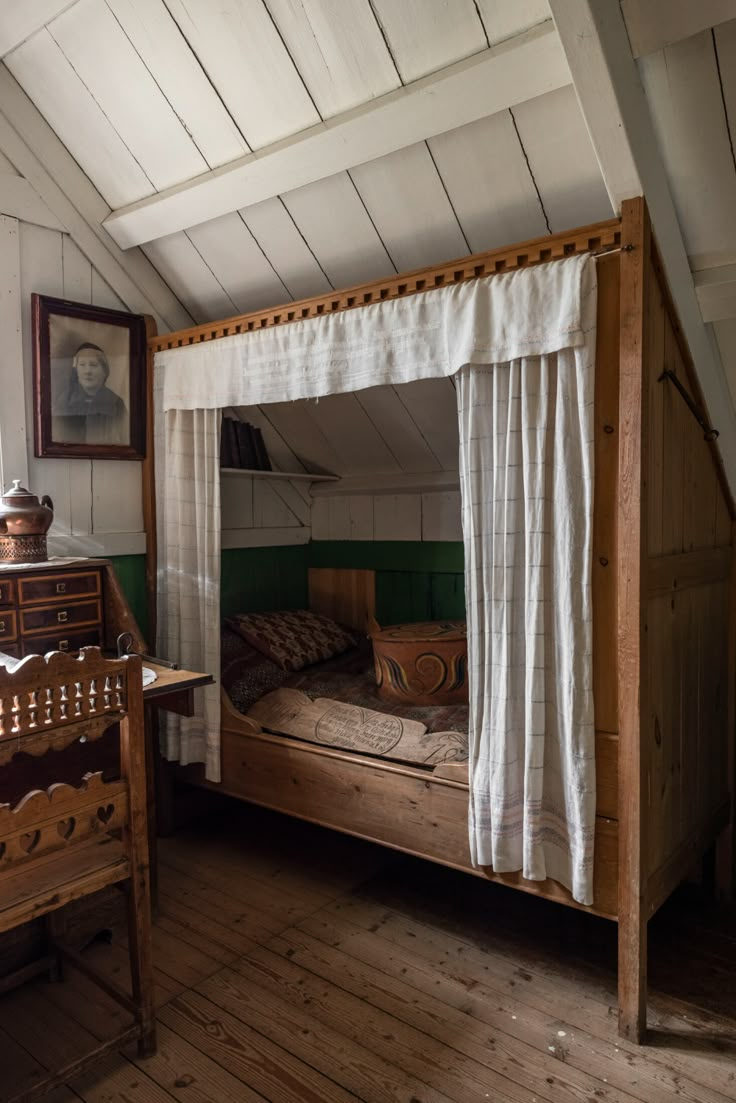16 Ideas to Steal from Iceland (and Icelandic Turf Houses)
Turf houses are a tradition that dates to over 1,000 years ago in Iceland, to the 9th and 11th centuries, according to National Geographic. A very abbreviated history: The concept of turf houses was first brought to Iceland (and other parts of Europe) by the Vikings; turf was renewable, readily available, in no short supply, and extra insulating—the ideal building material for living by the Arctic Circle. Early turf houses were single structures called long houses, where households lived communally and one space served multiple purposes, though later they evolved into gatherings of smaller peaked houses. Most had a lava stone foundation, then a timber structure covered with thick turf bricks that grew lush with grasses.
Fortunately these places have been nominated as a UNESCO World Heritage Site (they’re on the “tentative list”)—and many have been preserved as open-air museums. So when photographer and photojournalist Greta Rybus emailed a few months back with plans to make a pilgrimage to two of them—Skógasafn, or Skógar Museum, in the south of Iceland and Glaumbær in the north, both with historic Icelandic houses, both turf and traditional timber—we were eager to make a (virtual) visit.
Here’s a look at a few singular design takeaways.
Photography by Greta Rybus.
1. Look to the earth.


2. Salvage building materials.

3. Paint colorful cabinets.

4. And a bright plate rack.

5. Hang from pegs.

6. Keep a pretty towel within reach.

7. Paint in shades of blue.


8. Add earthy color.
Above: Glimpses of color, in a painted vase and Icelandic needlepoint pillows.
9. Bring back embroidery.

10. Sleep end to end.

11. Ensure a green view.

12. Layer with sheepskins.

13. Find pattern possibilities in unlikely places.
Above: Blocks of turf can be stacked in a variety of patterns. At Skógar, they’re laid in a herringbone motif called klömbruhnaus.

14. Paint half a wall.

15. Bring back the bed curtain.

16. Don’t forget a lantern.






